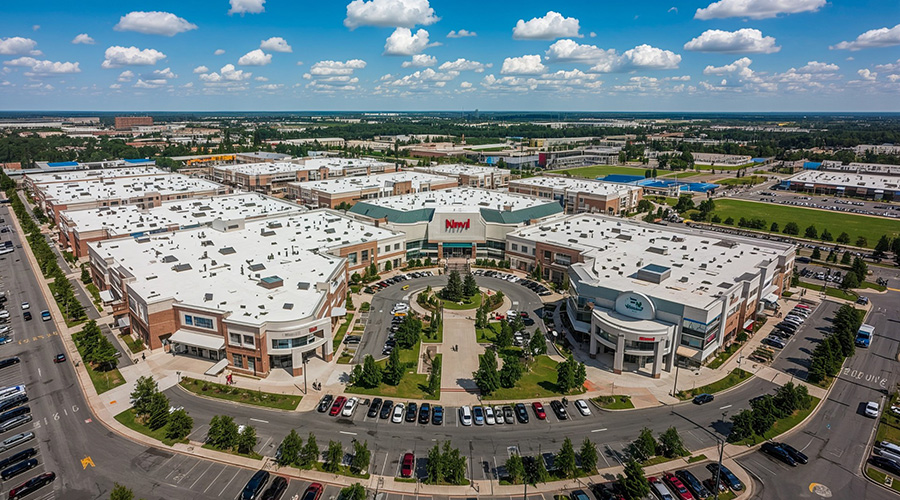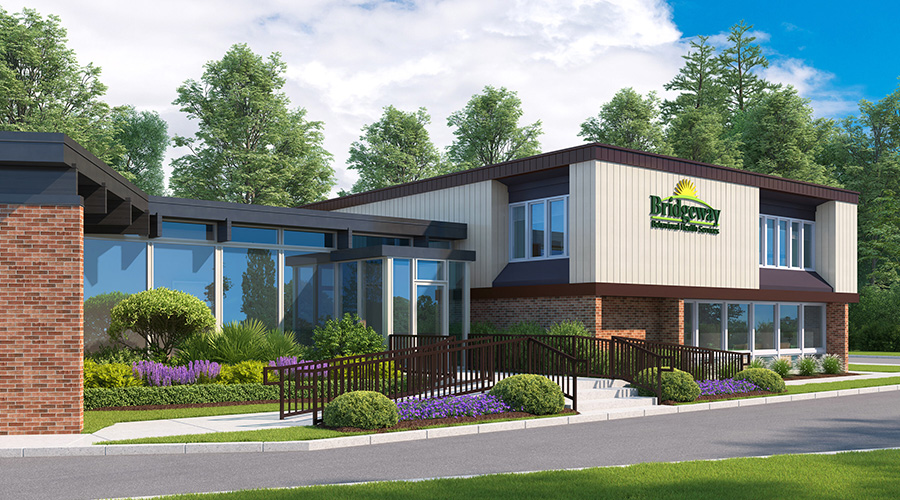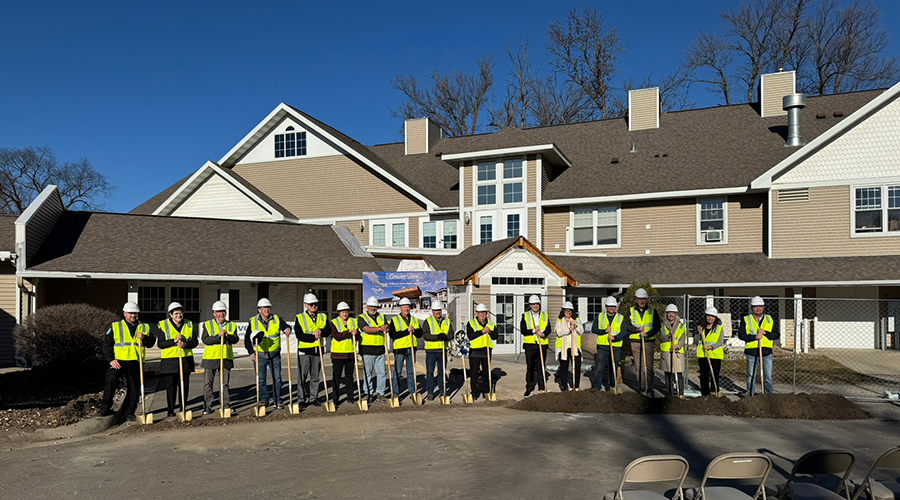Healthcare facility designers incorporate strategies that ease the potential for adaptive use of academic medical facilities over time, according to an article on the Health Facilities Management website.
Site planning optimizes land use and land banking for the future. Creating precincts can allow anticipated growth over time while preserving clarity of organization.
Designers should employ expansion strategies such as shelled space and easily changed “soft” space adjacent to intensive uses.
Engaging stakeholders in the visioning process encourages clients to think about their aspirations for the future.

 Healthcare Is the New Retail
Healthcare Is the New Retail Bridgeway Behavioral Health Services Launches Campaign to Renovate Health Center
Bridgeway Behavioral Health Services Launches Campaign to Renovate Health Center Ground Broken for New North Dakota State Hospital
Ground Broken for New North Dakota State Hospital AI Usage for Healthcare Facilities
AI Usage for Healthcare Facilities Ground Broken on Pelican Valley Senior Living Modernization Project
Ground Broken on Pelican Valley Senior Living Modernization Project